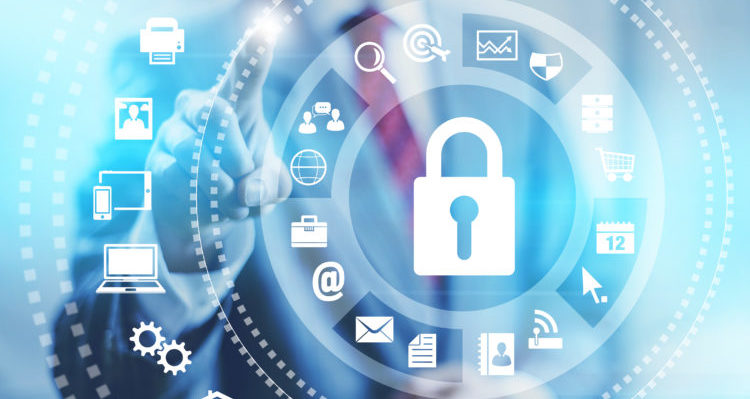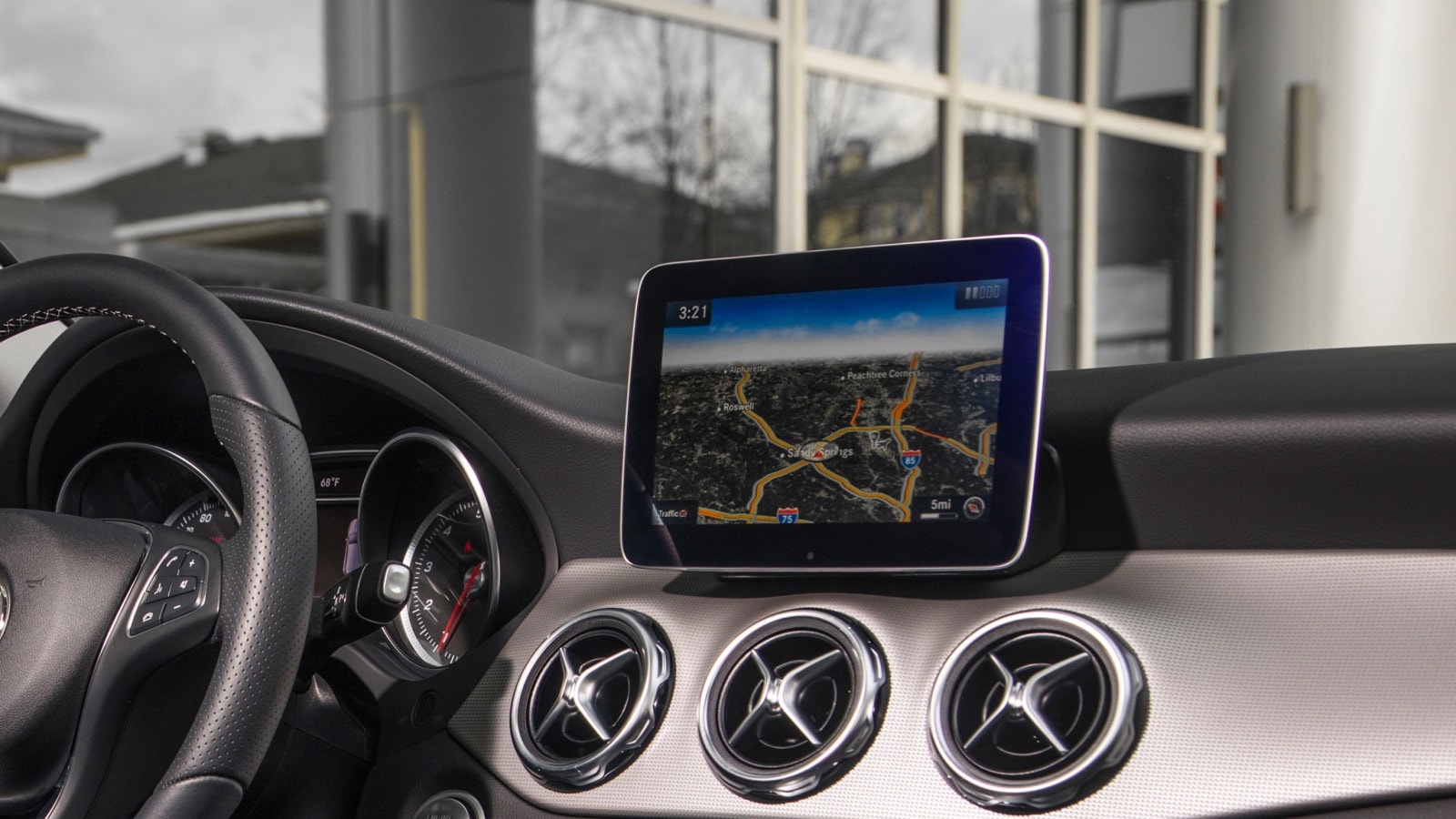Did you know that, according to Market.us, Lenovo had revenue of $13,348 million in the first quarter of the 2020/2021 fiscal year? Additionally, 31.3% of their market share is in the Americas.
Lenovo’s revenue is so impressive because they have some of the best laptops on the market. If you’re trying to decide whether you want to buy the Lenovo ThinkBook or ThinkPad, you might be asking yourself questions such as:
“When it comes to the ThinkBook vs. ThinkPad, which one has the best features for me?”
“Is one of these laptops better in terms of budget?”
“Is there a way to determine which laptop is best for me?”
If you don’t have the answers to these questions, then you won’t know which of these Lenovo laptops is worth your money. That’s why we’ve put together this article.
In it, we’ll go over the difference between the Lenovo ThinkPad and ThinkBook.
Finally, you’ll be able to find the right laptop for you that meets all your needs. Read on to learn more.
Table of Contents
Features
When thinking about the ThinkPad vs. ThinkBook, it’s important to compare their features. You need to think about features, really, any time you’re choosing a new laptop, because these will define how you use this piece of technology to meet your needs.
At a minimum, laptops should be able to work well no matter what Wifi network they’re on where you’re located. They also need to work fast, so that they don’t slow you down when you’re trying to get important work done.
As we compare the ThinkPad and ThinkBook, we’ll first review what features they have in common.
Both of these laptops operate with the Windows 10 operating system and are designed to work well with Office 365.
Their performance is pretty similar. This is because they both work with Intel Core and processors that are either i7 or i5.
However, The ThinkPad has some additional features. These include TrackPoint support access, weighing lighter, a battery life that’s longer, and a touchscreen.
If you want to have a little more flexibility with use, these features might make the ThinkPad a better choice for you. To learn more about all the different laptops and their features offered by Lenovo, you can go to lenovo.com.
ThinkBook vs. ThinkPad Connectivity
In this section of this Lenovo ThinkPad vs. ThinkBook comparison, we’ll review the connectivity features of each. In terms of what they have in common, one of the connectivity features is that there’s support for the precision touchpad offered by Microsoft.
However, the ThinkPad is a little better in terms of connectivity. It has two USB-2 ports, Thunderbolt 3, an Ethernet connection, a USB-A3 port, and an HDMI port.
The ThinkBook only has two USB ports, two USB-A3 ports that can’t be used for powering the laptop, and an HDMI port.
If you want a lot of connectivity with your device, then you might be better off getting the ThinkPad.
Security
When it comes to the security of the Lenovo ThinkBook vs. ThinkPad, they’re both quite impressive. The ThinkBook comes with many security features that are what many Lenovo products have. These include a power button with a fingerprint reader and a webcam shutter.
However, the ThinkPad has some additional security features. For example, it comes with the PrivacyGuide screen protector.
If you run your business remotely or work as a remote employee, this can be incredibly beneficial if you want flexibility.
After all, you can view confidential files on your laptop without anyone seeing them at the cafe or coworking space you’re working from.
Rest assured, you’ll be secure using the ThinkBook. However, if you want a little extra security, the ThinkPad might be a better choice for you.
Performance
In terms of performance, there are many similarities that the ThinkBook and ThinkPad have. Both of them run on quad-core CPUs that are the eighth generation. The processor core can be as high as i7-8565U. Additionally, both laptops have PCIe SSDs.
This means that their performance level is going to be high. However, keep in mind that both laptops don’t have high-end graphics.
If you’re a gamer or prioritize watching films in the best quality possible, you may want to go for another laptop.
ThinkBook and ThinkPad aren’t designed for these uses. They’re designed for office and business use.
However, they do have 13.3-inch displays that are full HD. This means that you should be able to enjoy your Netflix shows unless you’re obsessed with the best viewing quality ever.
In terms of HD, they both work slightly differently. The ThinkPad comes with more contrast between colors, while the ThinkBook has colors that are more precise.
In terms of performance, they’re both quite similar. This means you’ll have a high-performing laptop no matter which one you choose.
Design
Generally speaking, the ThinkBook is a little more attractive in terms of design than the ThinkPad. It looks more modern and stylish. However, both laptops have a lot to offer design-wise. They are both easy to travel with, slim, and light.

However, because the ThinkBook is a product that’s more consumer-focused, it has more flare than the more rugged design of the ThinkPad.
With the ThinkBook, you get a keyboard with hotkeys on the top row, backlit keys, and minimal noise when you type. This is similar to the keyboard the ThinkPad has. The ThinkBook also has a screen range of 180 degrees.
The ThinkPad has a couple of additional design features. In addition to the TrackPoint, it has soft-touch keys.
Depending on what your needs are, you might want these features, in which case you should go with the ThinkPad. However, generally speaking, there aren’t too many differences in terms of design.
Portability
When it comes to size, the ThinkBook and ThinkPad are very similar. Because none of them have bezels, their sizes aren’t as reduced as they could be. However, they are still quite portable, so you can take them with you to a coffee shop or on a plane.
It’s easy to simply tuck either of these laptops into your laptop bag and take it wherever you need to.
Cost
When deciding on the right laptop for you, the cost is going to be a pretty important factor. If you’re buying it for yourself, then you might be limited in terms of what your options are. However, if you work for a business that pays for your technology, you might have more options.
The ThinkBook and ThinkPad have pretty different prices. The ThinkBook, which is designed more for daily use at home, for example, won’t have too many bells and whistles.
As a result, it’s cheaper, more for retail and consumers than for businesses.
The ThinkPad, on the other hand, has been designed with business users in mind. However, Lenovo is aware that different people have different budgets.
For this reason, the price of the ThinkPad can vary depending on what additional upgrades and features you want to add to it.
Even though the ThinkPad is pricier, it doesn’t have to be expensive if you use the right money-saving techniques.
For example, if you run a business, you can use the MWaaS (Modern Workplace as a Service) or DaaS (Device as a Service) approaches to getting laptops for your entire staff.
As a result, you’ll save money while still getting the best value laptop for your employees.
You’ll be paying by the month, instead of all at once, which means that you’ll have more accessible, affordable options.
Battery Performance
In terms of battery life, the ThinkBook and ThinkPad are very similar. The ThinkPad’s battery runs on 48 watt-hours, while the ThinkBook’s battery runs on 45 watt-hours. As a result, the ThinkPad usually lasts around 9 hours at full charge, while the ThinkBook lasts 10.
However, this can vary depending on how you’re using the laptops. With very few applications running, these laptops can last closer to 12 hours. However, if the use is heavy, they’ll last closer to 5 to 6.
Need More Information?
Now that we’ve compared the ThinkBook vs. ThinkPad, you might need more information. Maybe you want to learn about other Levono laptops. Or maybe you want to learn about the best laptop accessories to buy once you’ve chosen the right laptop for you.
Whatever information you need, you can find it here on our blog. Simply visit the technology section to learn more.





_3-6.jpg)



